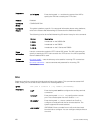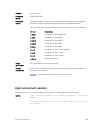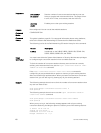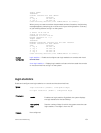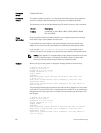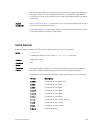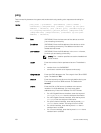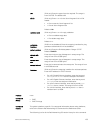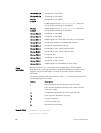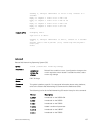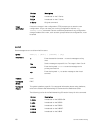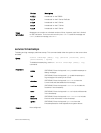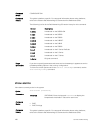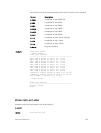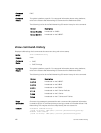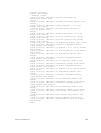
Version 9.0.2.0 Introduced on the S6000.
Version 9.0.0.0 Introduced on the Z9000.
Version
8.3.19.0
Introduced on the S4820T.
Added support for the outgoing-interface option for
link-local IPv6 addressing on the S4820T.
Version
8.3.12.0
Added support for the outgoing-interface option for
link-local IPv6 addressing on the S4810.
Version 8.3.11.1 Introduced on the Z9000.
Version 8.3.7.0 Introduced on the S4810.
Version 8.5.1.0 Added support for 4-port 40G line cards on the ExaScale.
Version 8.4.1.0 IPv6 pinging available on management interface.
Version 8.3.1.0 Introduced extended ping options.
Version 8.2.1.0 Introduced on the E-Series ExaScale (IPv6).
Version 8.1.1.0 Introduced on the E-Series ExaScale (IPv4).
Version 7.9.1.0 Introduced VRF.
Version 7.6.1.0 Introduced on the S-Series.
Version 7.5.1.0 Introduced on the C-Series.
Version 7.4.1.0 Added support for IPv6 address on the E-Series.
Usage
Information
When you enter the ping command without specifying an IP/IPv6 address
(Extended Ping), you are prompted for a target IP/IPv6 address, a repeat count, a
datagram size (up to 1500 bytes), a timeout (in seconds), and for Extended
Commands.
The following table provides descriptions for the ping command status response
symbols displayed in the output.
Symbol Description
! Each exclamation point indicates receipt of a reply.
. Each period indicates the network server timed out while
waiting for a reply.
U A destination unreachable error PDU was received.
Q Source quench (destination too busy).
M Could not fragment.
? Unknown packet type.
& Packet lifetime exceeded.
Example (IPv4)
Dell#ping 172.31.1.255
Type Ctrl-C to abort.
136
Control and Monitoring



